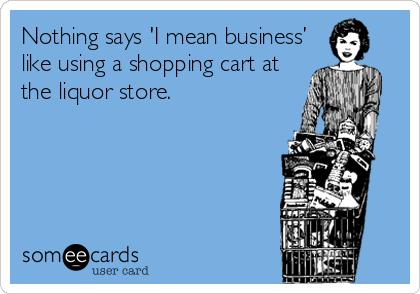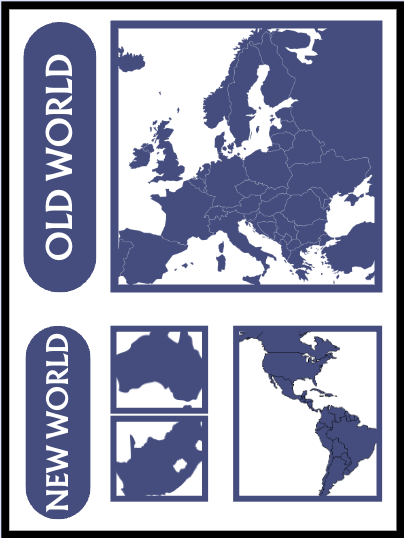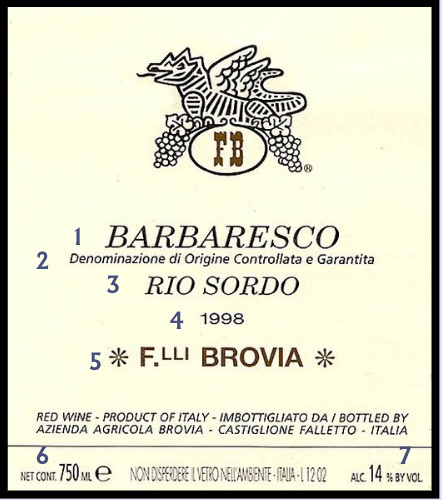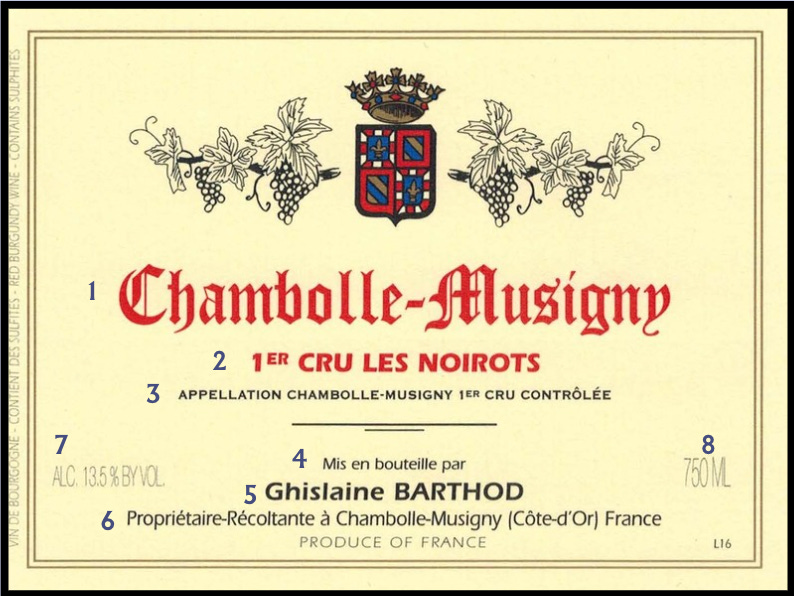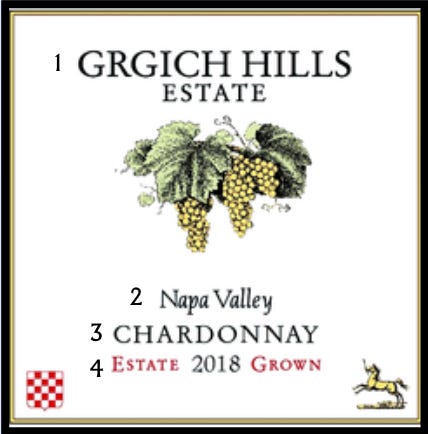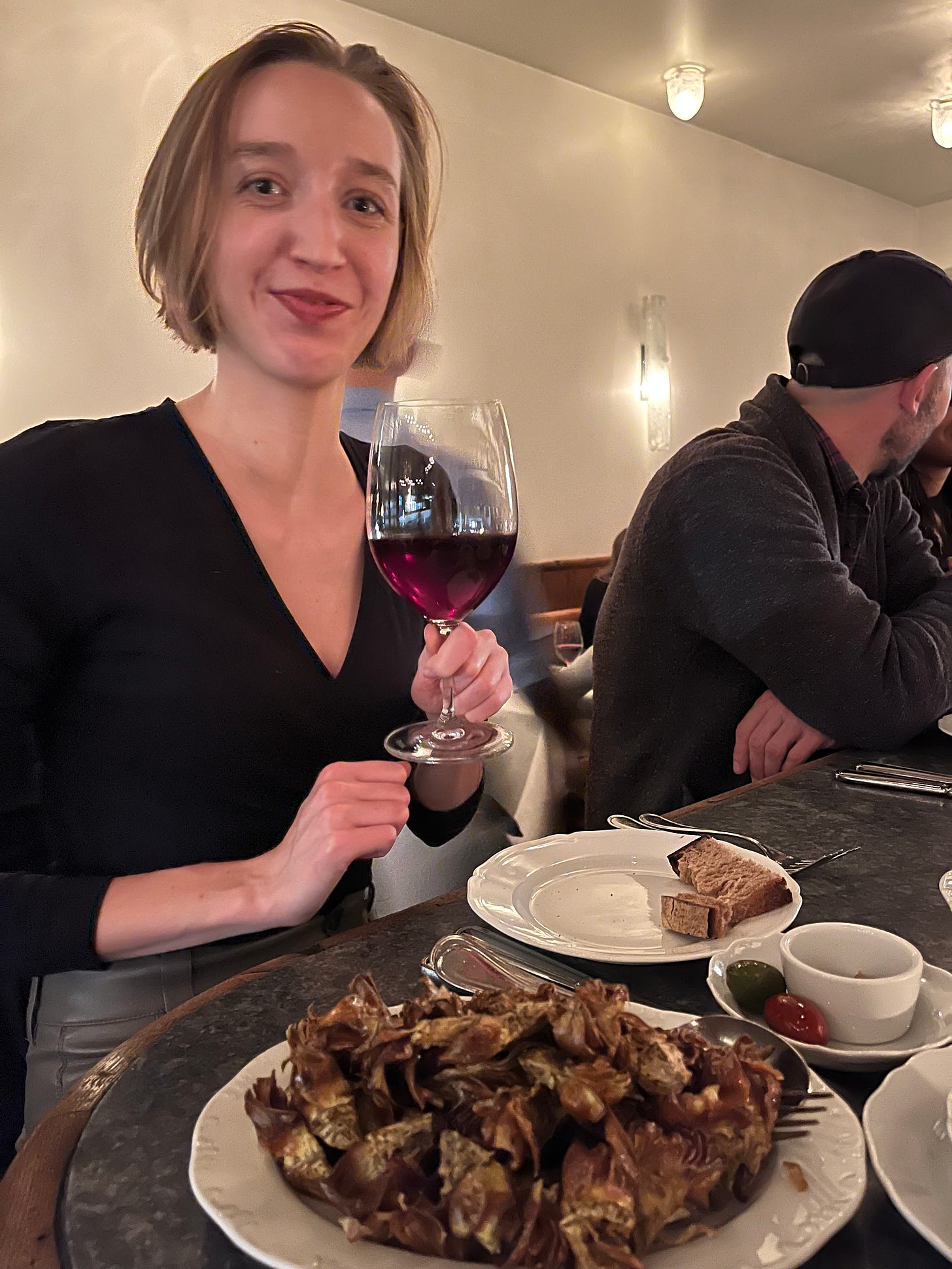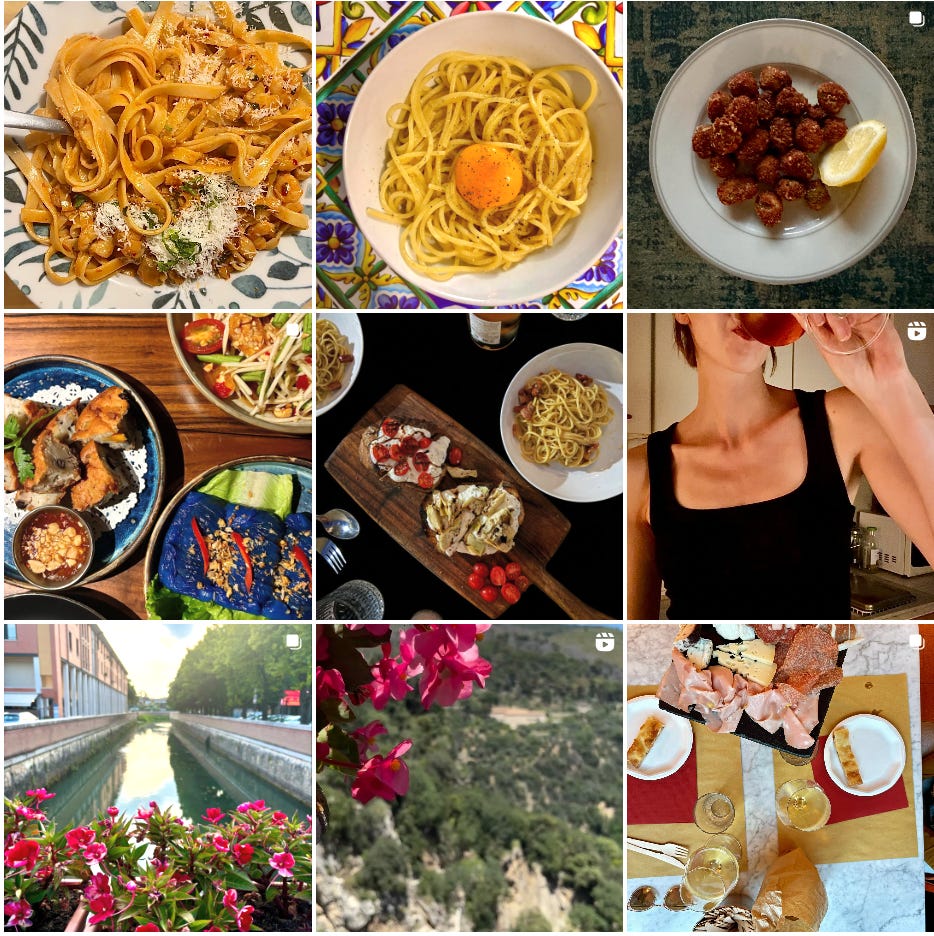Hello, and welcome to Forks and Corks. If, by some chance, you stumbled onto this page without being a subscriber, let’s do something about that. Tap the button below so that we can stay in touch.
I’ll maintain that the best way to learn about wine is by drinking wine…
But it’s not always the most cost-effective. You, probably, and me, definitely, don’t have endless funds to commit to purchasing however many cute wine labels catch our eye on our trip to the store. That’s why it’s helpful to learn how to read the wine label, which, believe me, is a bit less straightforward that one might think.
Typically speaking, one can expect a label to include information about the region where the grapes were grown, the name of the wine producer, and the vintage (the year the grapes were harvested).
That said, there are different label making rules depending on where the wine is produced (and, much like the pirate’s code, they’re really more like guidelines).
For most wines produced in the Old World (most of Europe), the labels will emphasize the place from where a wine is from rather than the types of grapes found in the wine (although sometimes they will identify both). On the other hand, New World wines (USA, Australia, New Zealand, the entirety of South America) typically include the varietals in their blend (although sometimes they just say the region).
Similarly, although vintage will be displayed on the wine bottle, it will typically be found on the neck of the bottle rather than on the primary label (this is so that producers can save themselves the trouble and expense of reprinting their labels year after year).
All of this is to say, unless you’re already incredibly familiar with a brand or know which varietals are grown in what region off the back of your hand, you’re probably not going to know what you’re actually drinking just by looking at a label. And that’s more than okay – as they say, learning by doing is the best education. So, here’s your excuse to drink up.
It’s also important keep climate in mind when you’re picking out a new bottle. Now it’s not super likely that you will know exactly where each region is located within their respective countries, but take an educated guess on what sort of climate the grape was grown in. That will help you narrow down the profile of the wine itself. Generally, warmer climates result in fruitier and sweeter wines whereas cooler climates produce more acidic and tart wines. This is why a Pinot Noir from Southern California will taste drastically different than a Pinot Noir grown in Washington State. Use your best judgment.
Pay attention to ABV, or alcohol by volume, when choosing your wine as well. ABV is measured by the ripeness (ie the sugar content) of the grapes when they were picked. Since sugar is converted into alcohol during the winemaking process, ripe/high sugar grapes result in wines with a high ABV. The higher the ABV, the drier the wine (all of the sugar has been converted into alcohol). This is especially true of red wines; white wines can range from dry to sweet.
Now that we’ve covered the basics, here are a few labels to help orient yourself when you get lost in the wine aisle (or in the wine list).
Before we get into it...
Remember, not all wine labels are the same and it takes a little bit of learning to be able to interpret. Don’t get too frustrated if you have to keep looking up the wine regions or grape varietals in the beginning. As you continue to familiarize yourself with new wine territories and grapes, it will be easier to deduct how the wine will taste based on where it’s from.
I recommend keeping a running list going of all the wine you’ve been drinking – that way you can look back and have something to reference. Do you notice any similarities between the wines you’re drinking?
The following wine label is for Barbaresco, a dry red wine made from the Nebbiolo varietal. It’s produced in the Barbaresco region of Piedmont, which sits in the foothills of the Alps in northwestern Italy. Barbaresco is a deep-garnet colored hue (like the color of a brick) and is known for its higher acidity and smooth tannins.
1998 Fratelli Brovia Barbaresco Rio Sordo
1) Barbaresco - a region in Piedmont (northeastern part of Italy) known for the grape varietal Nebbiolo
2) Denominazione di Origine Controllata e Garantita - DOCG refers to a particular area within a wine growing region that has been awarded high distinction (DOCG is the highest and DOC is the second highest)
3) Rio Sordo - the name of this particular wine/harvest
4) 1998 - the vintage / year that the grapes were harvested
5) F.LLI Brovia - Fratelli Brovia (ie - the name of the vineyard)
6) 750 mL - the volume of the wine
7) ALC 14% BY VOL - ABV of the wine
The following wine label is from Chambolle-Musigny, a tiny commune in the Cotes-de-Nuits subregion of Burgundy in France. It’s known for producing red wines from Pinot Noir and has amassed high acclaim and prestige over the years for its high quality wines. The wines from this region strike a delicate balance between being rich and complex, yet retaining a silky-smooth mouth-feel from its refined tannins and mild acidity.
Ghislaine Barthod Chambolle-Musigny Premier Cru Les Noirots
1) Chambolle-Musigny - the region of France where the grapes were grown (in this case, we are looking at a wine from Burgundy)
2) 1er Cru Les Noirots - the name and distinction of the vineyard (of which there is an elaborate hierarchy). Premier crus (usually shortened to 1er Cru) are the second highest distinction that a vineyard can earn within a specific appellation. Les Noirots is the name of the specific vineyard/area from which the grapes were harvested..
3) Appellation Chambolle-Musigny 1er Cru Controlee - an appellation is a legally defined wine growing area (also known as an appellation d’origine controlee/AOC for short or appellation d’origine protegee/AOP)
4) Mis en bouteille par - French for “bottled by”...
5) Ghislaine Barthod - this is the name of the producer
6) Proprietaire-Recolante - indicates that Ghislaine Barthod is the proprietor (owner) of the estate and the recoltante (grape grower)
7) ALC 13.5% BY VOL. - this indicates that the bottle contains an alcoholic percentage of 13.5%
8) 750 ML - this indicates the volume of wine in the bottle (750 mL is the standard amount, but it can vary)
Unlike the previous two wines, this last wine is produced in California’s Napa Valley. Take note that this is a New World wine since it’s from the United States.
As I mentioned earlier, New World wines have different rules than Old World wines when it comes to the information on the label. Unlike Old World wines which name their wines by place, New World wines refer to their wines by the type(s) of grapes used to produce it. See this label from Grgich Hills Estate below.
2013 Grigich Hills Estate Napa Valley Chardonnay
1) Grigich Hills - the wine producer
2) Napa Valley - the region (in California, a New World wine region) where the bottle is from
3) Chardonnay - the type of grape varietal used to produce this wine
4) 2013 Estate Grown - indicates the year in which the grapes were harvested (2018) and that they were grown on-site at Grgich Hills Estate rather than purchased from another estate
Whether you’re buying wine in a grocery store, or want to take a shot at interpreting the wine list at your favorite restaurant, knowing a few basics about reading a wine label will help you feel more confident talking about wine or asking for recommendations from your local wine experts (which is something I always suggest).
It’s a great exercise in familiarizing yourself with new wine regions and grape varietals to understand how things like geographic location and climate can affect how the wine might ultimately taste (even if the grapes are the same).
Happy Drinking!
IN CASE YOU MISSED IT
CORK OUT: WINE EDUCATION
Interested in learning even more about wine? These posts are for you.





